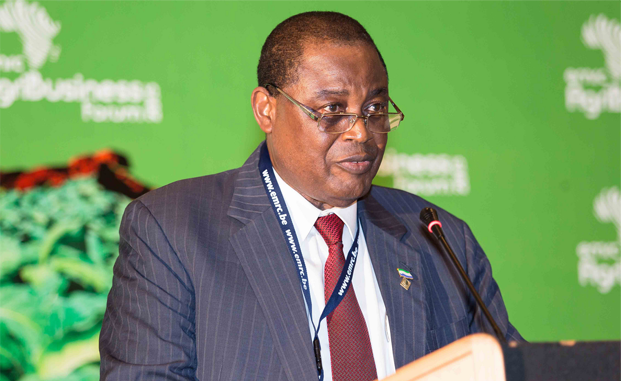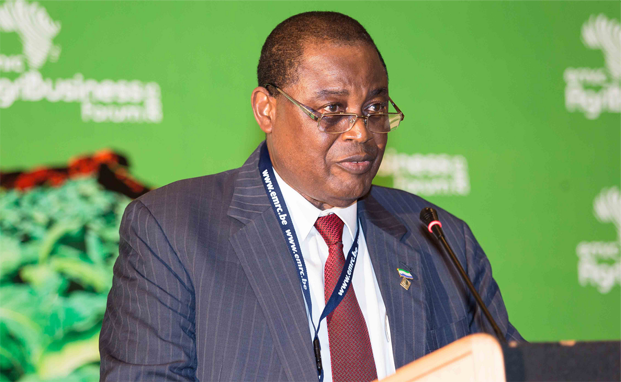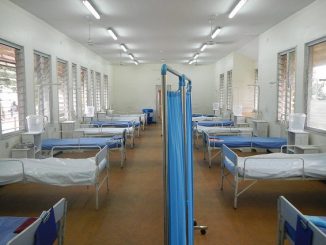
By Shifu Awei
The proposed Photovoltaic agricultural projects are well set to transform the country’s agricultural sector with a massive investment, which is in line with President Dr. Ernest Bai Koroma’s Agenda for Prosperity.
Company officials are expected in the country in the next two to three week to see possibilities of sealing an agreement with the Government of Sierra Leone through the Ministry of Agriculture, Forestry and Food Security.
The total investment is estimated at about 1 billion US dollars, of which the Photovataic power station is about US$900 million, and the agricultural planting process is about US$100 million.
“The company will like to plant Muringa and Calcium Berries and each Muringa pant will have a solar panel that will generate electricity that will be fed into the national grid,” says the hardworking Minister of Agriculture, Professor Patrick Monty Jones.
The proposed Photovoltaic agricultural projects include: 6,250 ha (15,000 acres) planted, Muringa Moleifera planted in 2,812.5 hectares (6750 acres), and calcium berries planted in 2812.5 hectares (6750 acres).
Production services will include: 6 primary processing plants of agricultural products; a functional food processing plants; photovoltaic component factories; and product operation centres and green rehabilitation facilities.
The total investment of the project will be about 1 billion US dollars, with an annual output value of about 700 million US dollars.
The company hopes to have agricultural products like: photovoltaic project specific Moringa powder series, Nutrition powder series, Moringa coffee series, Moringa wine series, Moringa tea series, and Active calcium series of 40 kinds of products.
The Photovoltaic farm project will generate more than three hundred million degrees (KW/h) of electricity annually, and the photovoltaic power generation will ensure the electricity consumption of this project. The surplus electricity power would be supplied to the National grid – which is the power supply system of Sierra Leone and connected to houses and offices and to companies for society for their use.
Sierra Leone power companies are expected to buy electricity generated by the photovoltaic agricultural project.
“Sierra Leone must go for big agriculture like in Cote d’Ivoire that was producing far less than our country but went to spend a billion dollars in rice production and in three years began exporting rice. We must do the same,” the Agriculture Minister said.
A photovoltaic power station, also known as a solar park, is a large-scale Photovoltaic system (PV system) designed for the supply of merchant power into the electricity grid. They are differentiated from most building-mounted and other decentralised solar power applications because they supply power at the utility level, rather than to a local user or users. They are sometimes also referred to as solar farms or solar ranches, especially when sited in agricultural areas. The generic expression utility-scale solar is sometimes used to describe this type of project.
The solar power source is via Photovoltaic modules that convert light directly to electricity. However, this differs from, and should not be confused with concentrated solar power, the other large-scale solar generation technology, which uses heat to drive a variety of conventional generator systems. Both approaches have their own advantages and disadvantages, but to date, for a variety of reasons, Photovoltaic technology has seen much wider use in the field. As of 2013, PV systems outnumber concentrators by about 40 to 1.




